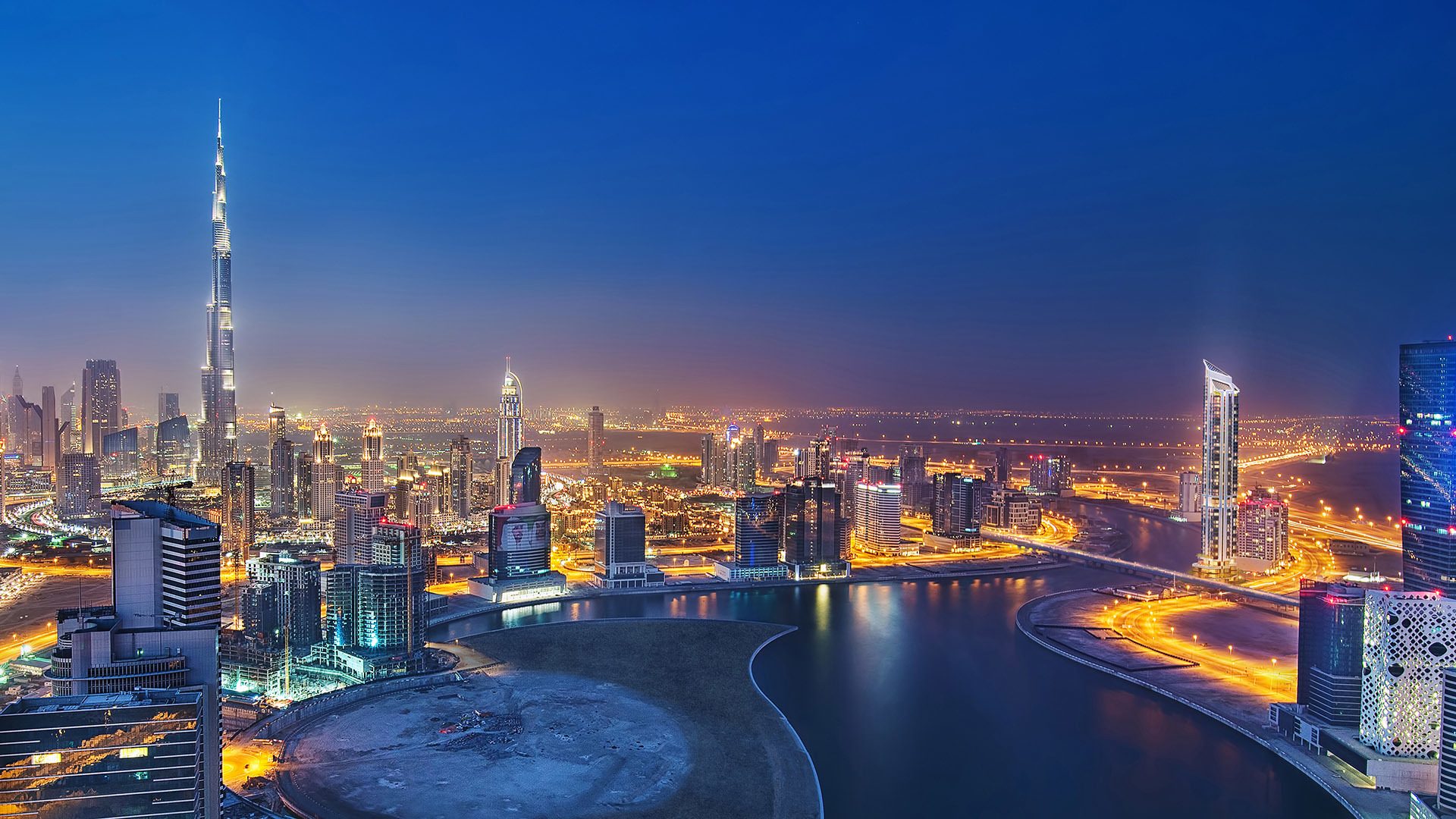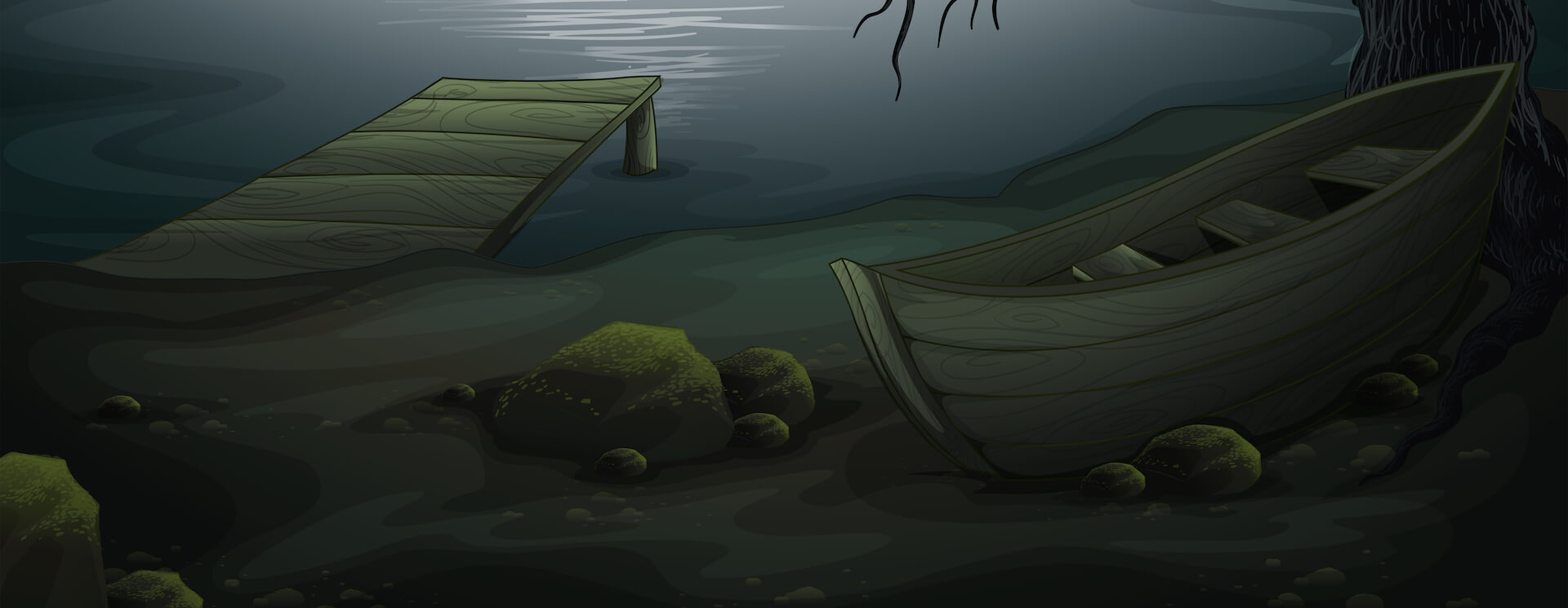Introducing Pushr Image Optimizer

At Pushr our job is to help you scale your web projects, websites, apps and SaaS products by providing you with a fast web infrastructure that loads your content instantly. I am happy to announce that today we are taking this effort to the next level with the introduction of a completely automatic, on-the-fly image optimizer that supports next-generation image formats. Pushr Image Optimizer is fast, smart and free!
Up to 94% compression with Avif-first encoding⚡
The Avif (AV1) image file format was introduced in 2019 with improved compression and visual quality over WebP and older image codecs. We've been tracking it's development closely and every year since we would take it to our lab to test it's speed, efficiency, and to assess the possibility to implement it in an on-the-fly image optimizer. One of the core issues was that encoding an image in Avif was slow and extremely compute-intensive. However, the Avif team at Alliance for Open Media (AOMedia) has gone a long way since to make Avif encoding faster and last year, during our annual testing with the latest and greatest combinations of Avif conversion tools, codecs and libraries, we've finally found a match that we could implement. Compression of images to the Avif format results in amazing size reduction, lower traffic and bandwidth usage, and most importantly - an exceptional experience for your users, website viewers and customers.



Along with slower encoding, another aspect of Avif file format was the slower decoding. The required hardware support has been lacking in some older devices, especially lower end smartphones. Avif also has no progressive loading capabilities, and when these two factors come together, the experience for the end user would be less than perfect. Thankfully, device manufacturers and software developers have been picking up fast, and nowadays even a 4-years old Mac M1 running Chrome browser is capable of decoding 8-bit Avif images at a stunning rate of 240 Megapixels per second while the slowest version of the 5-years old iPhone 11 clocks in 44MP/s.
Up to 85% compression with WebP 💪
Until recently, Avif was supported only by some of the major browsers, while another and older format - WebP - is supported by all of them in their current versions. Pushr Image Optimizer communicates with the browser and automatically prepares a variant of the requested image in WebP format when there is no support for Avif. While not as versatile as Avif, WebP still provides great size reduction when compared to formats like Jpeg and PNG, at the cost of a slightly higher loss of quality when compared to Avif.

MozJPEG: 25-80% better JPEG compression 🗜
There are various scenarios where even if a device does support any of the modern web image formats, it may still not communicate this when making a request to our network. For example, when pasting an image link directly into Safari on Mac, the request will not contain the capabilities of the Safari browser to accept Avif and WebP formats. For scenarios like this, we've implemented the MozJPEG library. Built by the Mozilla team to provide improved compression over standard JPEG images, it is fully compatible with the JPEG standard and is supported by all browsers by default. With the default quality setting of 80 for Pushr Image Optimizer, the resulting images are from 25% to 80% smaller with no perceived loss of quality, while the optimization process itself is stunningly fast.

Auto resizing for desktop and mobile 💻📱
While serving images in the most optimal format is essential to a fast web, serving them in the right size provides another layer of speed, allowing computers and, more importantly, mobile devices to receive a version of the image scaled down to fit in on their display without doing any extra work to resize it themselves. And without downloading extra bytes of data they don't need. Pushr Image Optimizer automatically serves scaled down versions of your images in predefined sizes, and also allows you to override the default size presets where you see fit. For defaults we've carefully selected a width of 1536px on desktops and 844px on mobile, in accordance to statcounter's GlobalStat screen resolution statistics for 2024. Along with default width, we've paid special attention to quality-performance-size metrics collected from our tests across a total of 1200+ images during the development of Pushr Optimizer. Based on the data we've defined what we consider to be the gold standard, resulting in a default quality setting of 60 for Avif and 80 for WebP. We've found that for Avif, a setting lower than 60 is likely to introduce perceivable quality loss, and a setting above 60 results in little extra gain in size reduction at the expense of significantly slower conversion process. For WebP, a quality setting below 80 is likely to result in perceivable quality loss, while a setting above 80 results in exponentially slower image conversions without noticeable gains in size or quality. We were happy to find that others have come to similar results in their tests, and unlike us, have done a great job at charting them:

If you would like to dive deeper into the charted data, this blog post by tsev.dev is for you.
One source image, multiple versions 🤩
At the backend of our Image Optimizer we've built an image requests system that pulls and stores the original image temporarily. The saved copy of the original image then serves as a local cache for all optimization requests that may come in the following 120 seconds. This approach avoids any unnecessary requests to your origin and speeds up conversion and resizing by not having to wait to pull the image every time. In addition, all image manipulations are performed only once for the lifetime of the image, and are then distributed to our edge network for speedy delivery of the cached result when requested.
This approach eliminates multiple issues present at traditional optimization services:
➡️ Origin overloads: when multiple mobile and desktop browsers request a different image optimization based on the format they support, this may lead to as many as 6 requests to the origin server for the same single image. On websites with heavy traffic this would cause high load and may lead to origin errors when multiple requests are made in short periods of time.
➡️ Origin latency: Pulling the same image over and over from the origin server introduces additional latency on top of the one caused by the optimization of the image itself. Since this latency might add up to half a second for the request to be completed, it is important to reduce it as much as possible to improve TTFB.
➡️ The automatic purge of the stored original image avoids the need for more complicated cache purging mechanisms and strategies to be introduced, keeping our cache purge features and API simple. There are no code changes needed when having the image optimizer enabled for your pull and storage zones.
One file extension, multiple formats 🖼
To ensure that image optimization is completely automatic and does not require any code changes on your end, Pushr Optimizer serves your images with the same file name and file extension as the original, while saving converted copies internally and serving the proper copy to the browser of the visitor. As a result, a visitor that requests an image named example.jpg will be served an Avif, Webp or a Mozjpeg-optimized image depending on which image format their browser supports and there are no changes needed in your site or app to serve the proper image.
On/Off toggles for Avif and Webp 🎛
During our extended pre-release testing with the two image formats we've noticed an interesting pattern. Avif is usually the better image format, but there are types of images where Webp shines still. One example is photos of people vs. photos of burgers. Avif nails the first set of images, the one containing people, but produces average results with the second set - the burgers. Webp does exactly the opposite and produces larger files with lower quality on the set of photos of people, but matches Avif on quality with a lower file size on the set of burger images. We actually might have a separate blog post on this coming, but the important thing here is that we've introduced on/off switches for Avif and Webp, so you can tune Pushr Image Optimizer to the type of images the CDN zone serves. If the zone is serving images with a lot of details, soft gradients (for example skin tones, eg. people, animals, nature, lifestyle shots) and complex textures, turn Avif on. If the zone serves images with sharper edges, more highly-saturated colours and less detail or lower complex patterns, Webp might perform better.
Our job is speed and scalability, and we want everyone to have it 🤘
This leads me to the most amazing part. We're in a market full of image optimizers, either in the form of separate online services, downloadable computer software, or plugins for popular content management systems like Wordpress. Some require more work, some are semi automated, few are completely automated like Pushr's. Almost all rely on the power of the machine on which they are installed causing issues during the image conversion process. And all of these solutions require separate accounts, come with monthly or usage-based subscriptions, and most of the time would cost more than the hosting plan of a website itself. Even then, they still impose different kinds of limits, or will simply lack support for one format or another. It's 2025 and there are zero excuses not to support Avif and MozJPEG. We want to change all of that once and for good, and that's what we've set ourselves to do. After all, proper image conversion and compression is a big part of us speeding things up for you. Therefore Pushr Image Optimizer is completely free and comes with unlimited conversions and, soon, image manipulations. Versions of the images are stored in our edge network and as a result, there is also no extra storage fee for these extra versions. Storage of the pulled originals on our backend is also free and without limits. Even more, there are no limits on the size of the source images to be transformed. And just like with all of our services, we have no special request fees either. In the end, you are only charged for the served traffic via our network edge, and with support for the Avif format, this could lead to up to 94% less charges and as many more happy users of your apps!
Get started
Starting today, new CDN zones that you create in your account come with Pushr Image Optimizer enabled by default. For existing CDN zones, enbaling the optimizer is just a click away!

✌




